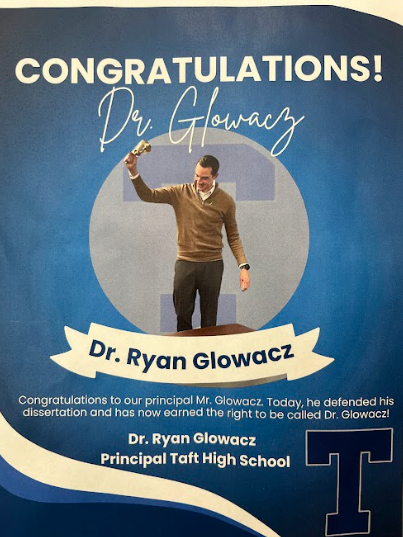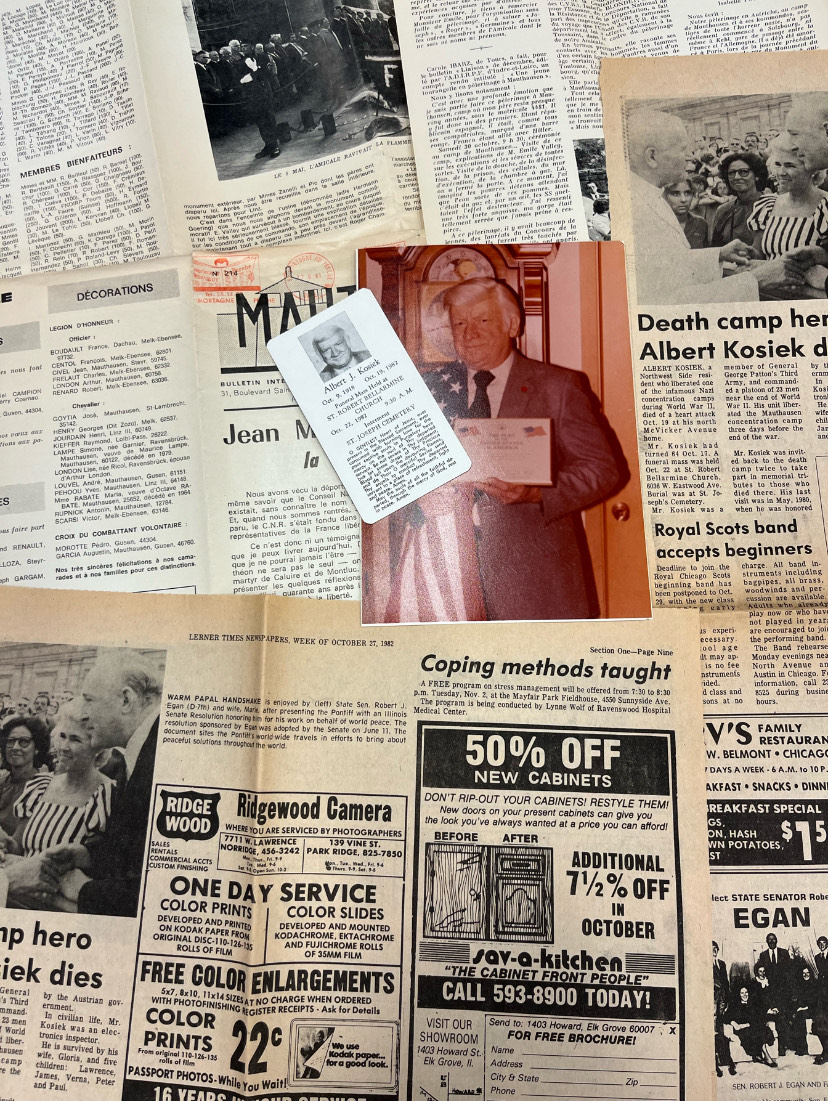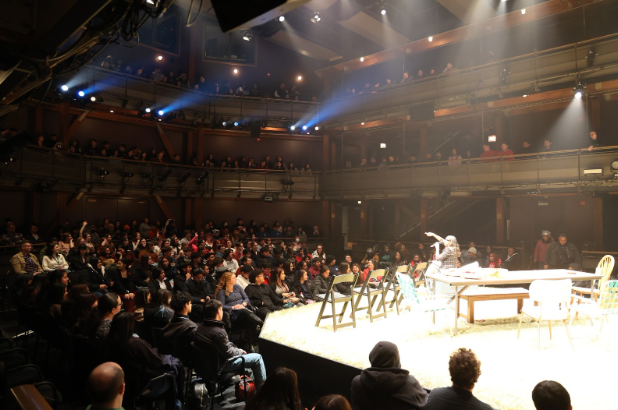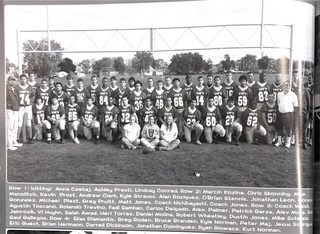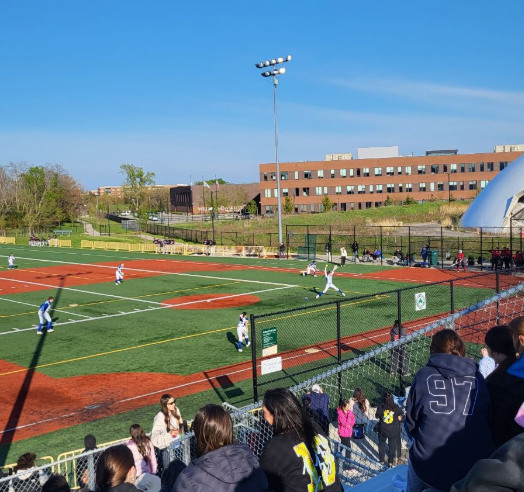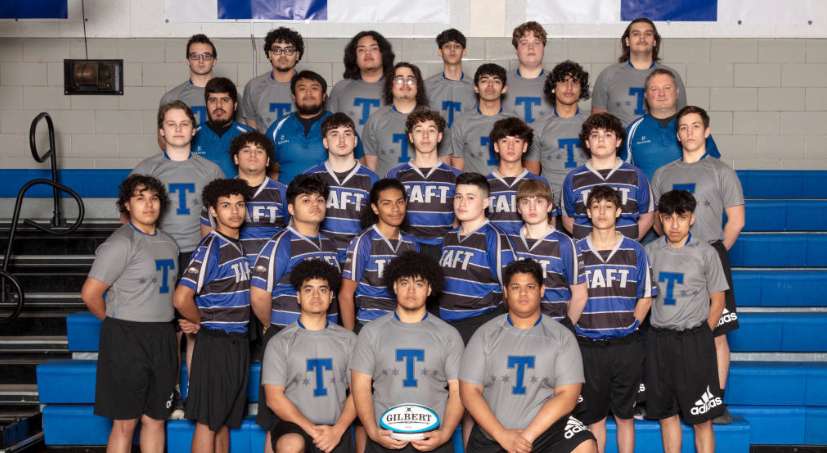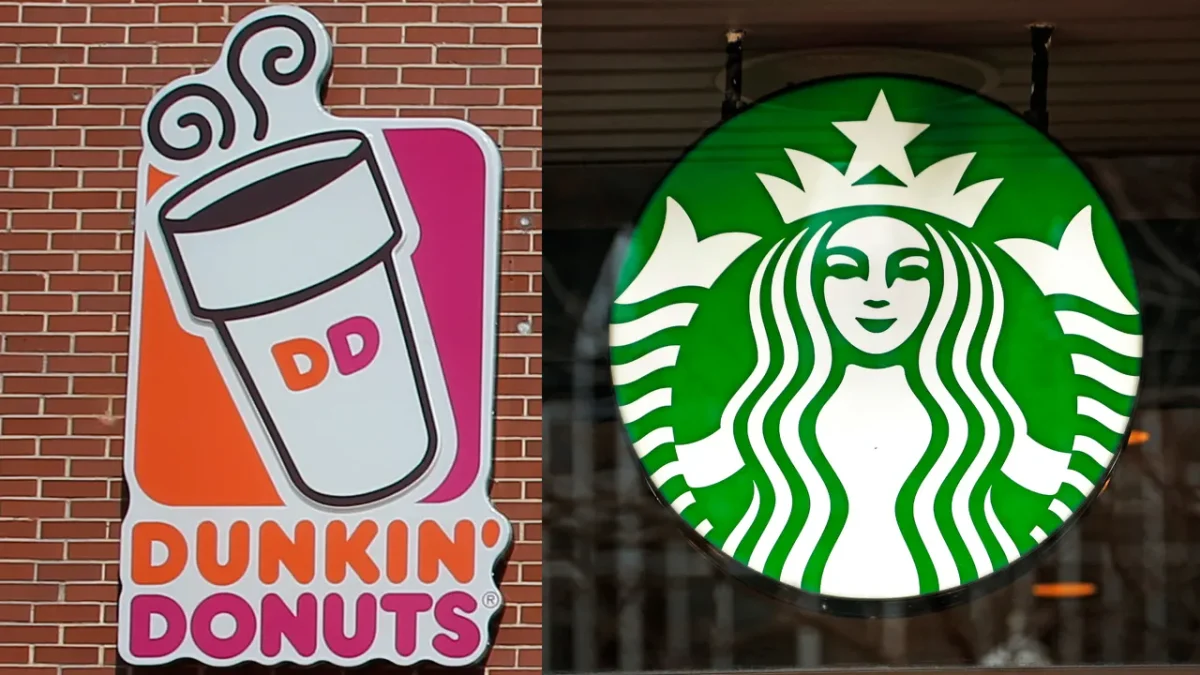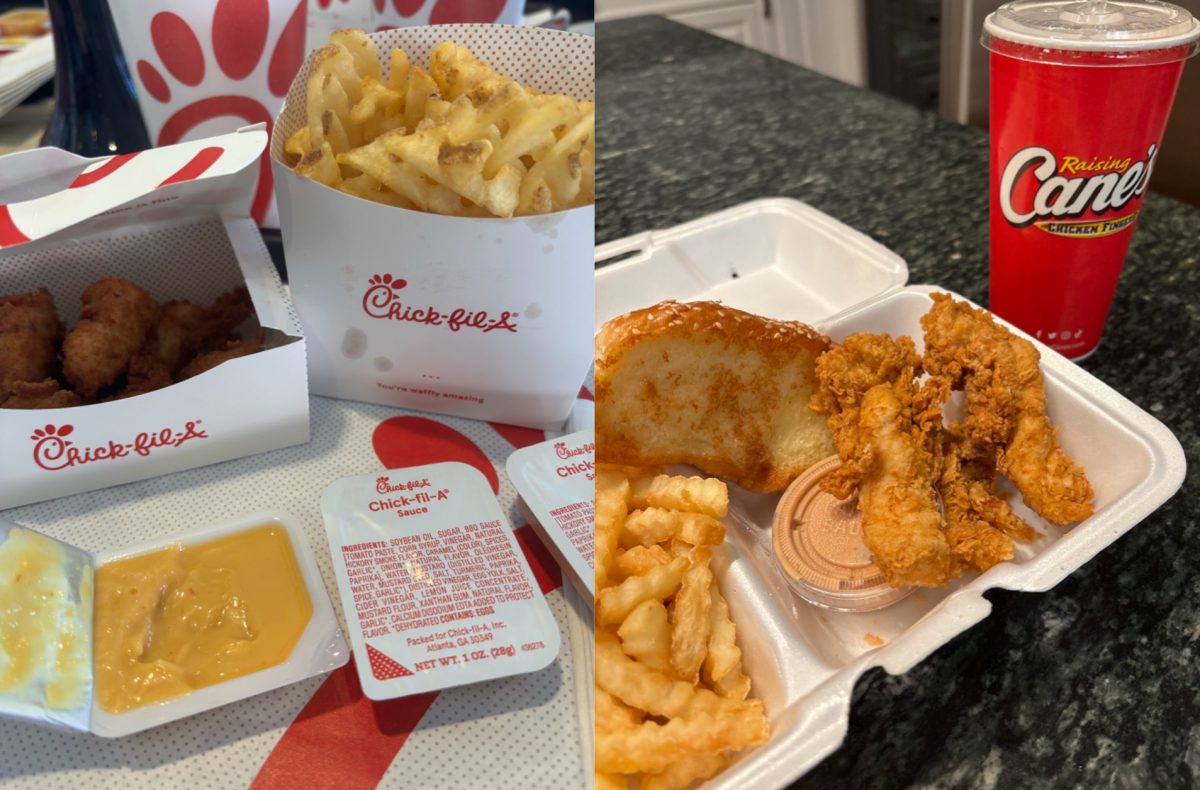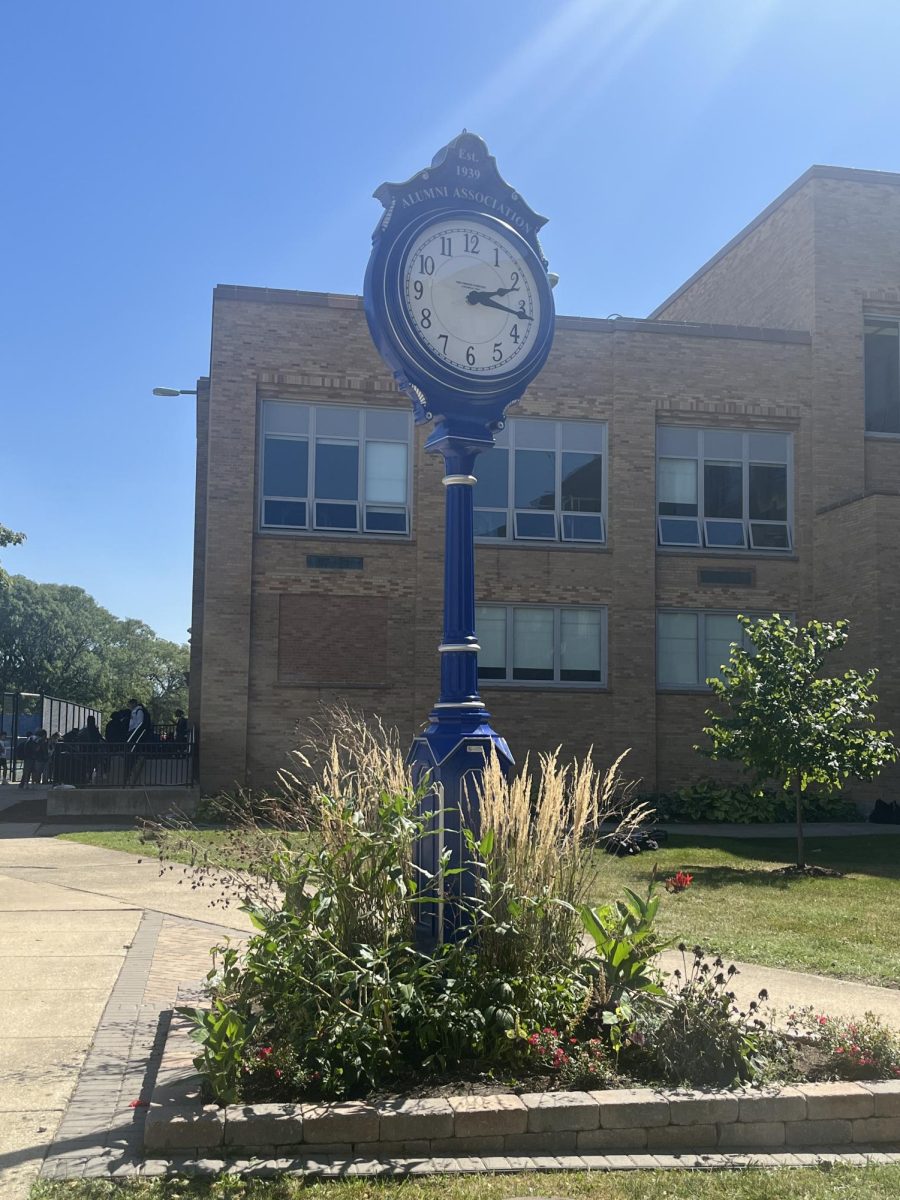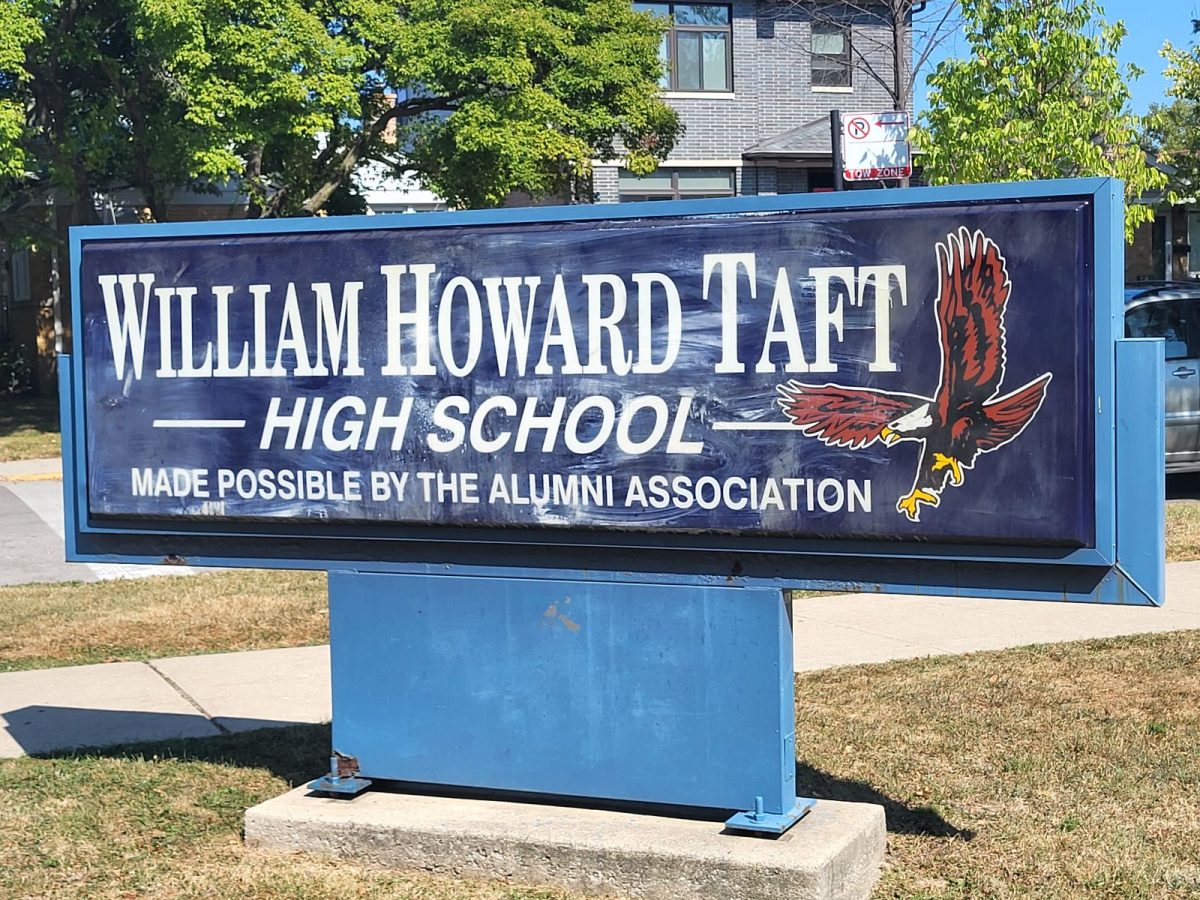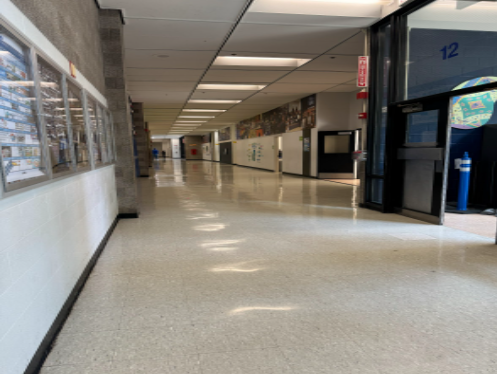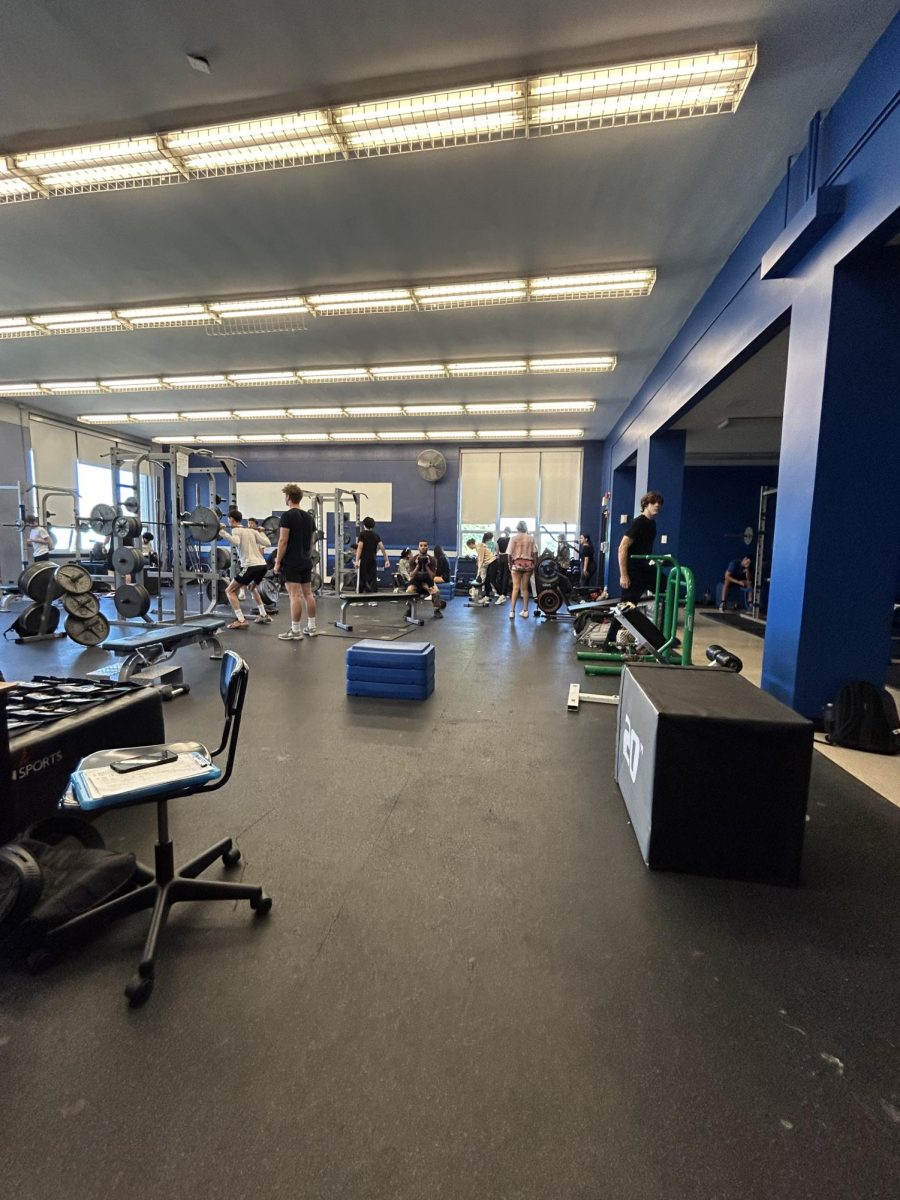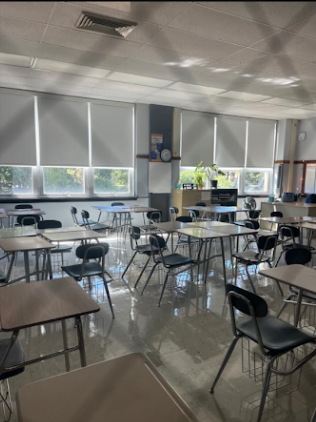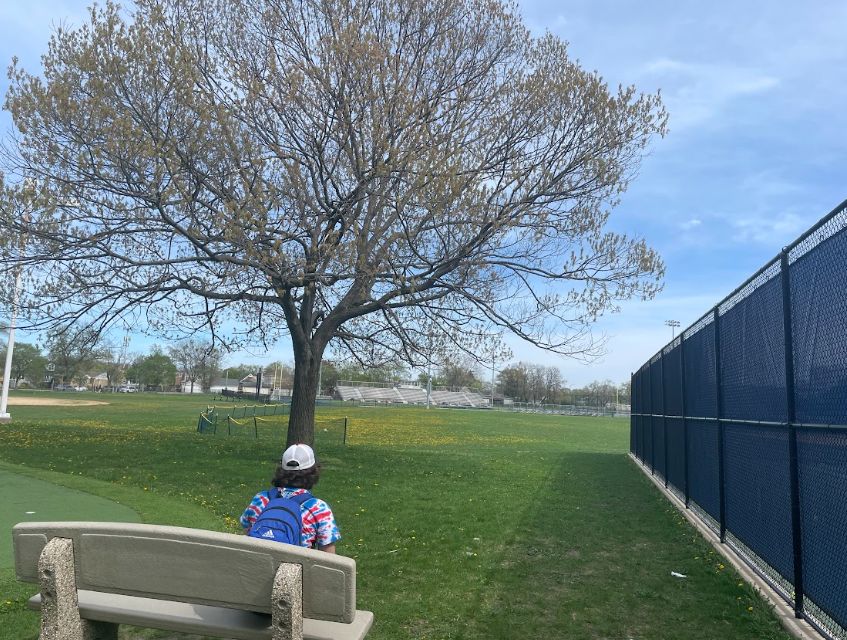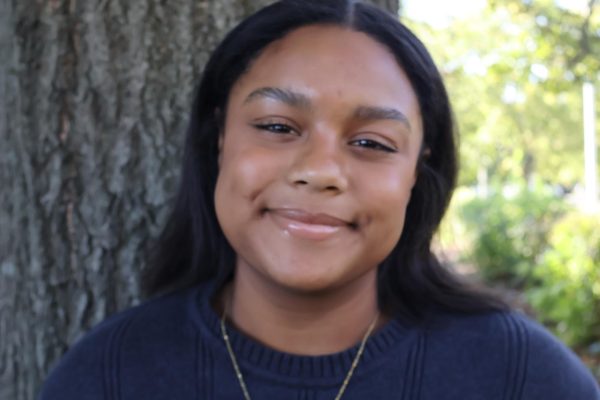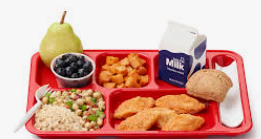
School lunch is a vital part of a student’s day. Taft lunch varies between the 3rd and 7th periods, from 9:35 to 2:05 with 4,464 students and 637 students in each lunch period. CPS is full of diversity. This includes students with different eating restrictions and diets.
Lunch plays an essential role in supporting students’ health and wellness, students find school lunches to lack in nutrition, taste, and even variety. Although some CPS schools offer various and more diverse choices, not all do. Some CPS schools struggle to accommodate students with dietary restrictions or even students with specific food preferences, leading them to feel left out.
“Honestly it feels lazy when we get lunch, we only have one break and you would think we would get food that fills us up or tastes good,” responded ITW Speer Academy senior KJ Clark when asked about her opinions on school lunch.
From being vegan to having a gluten allergy, CPS must become more inclusive of this type of diversity. CPS food is supposed to be “fresh” yet CPS lunch is typically processed food. The infamous nachos and spicy patties are processed food. Which is not exactly “fresh food.”
“Students have always wanted better and healthy choices for their school lunches especially when we tell them to eat healthy and then the choices available for them are exactly the best,” stated Les Plewa, Taft’s Social and Emotional Learning (SEL) Coordinator.
Taft freshman Damien Watts expressed the following about his opinion on school lunches, “People I know said that there are few lunches they would eat but in my opinion, they are okay if you are very hungry otherwise I always recommended bringing your lunch.”
Taft students have fought for off-campus lunches because other high schools in the area can. After several meetings with the SVC Admin, they claimed this could not be an option because they believed that a great percentage of students would not return.
Yet, students aren’t allowed access to microwaves. To have “fresher” foods for lunch how can this be done if they can’t access the food to meet their restrictions?
Junior Austin Johnson from Lane Tech High School responded, “I think a major issue is the portion sizes of the lunches. They need to be improved. Often, there is not enough food, and it is no different from the portions given at elementary schools.”
Plewa’s main concern with school lunches starts from the fact there’s little to no diversity in them.
“As society becomes more aware of different diets I think we should look into different options for those people,” expressed Plewa about the diversity options in the lunches.
“I think more schools should offer more options, I think public schools should have better and more accessible options for students,” stated senior Kacper Sweder from St. Patricks High School.
Work for diverse lunches can be done by fighting for it, fighting for inclusive lunches for vegetarians or those with diet restrictions can be done by expressing your voice through the Student Voice Committee (SVC), Local Student Council (LSC), and even speaking with Admin.
Amundsen High School senior Nathan Nash stated, “ I think we should allocate more funding to school lunches and give more thought to better-quality meals. We should also survey students about what they would like to see and provide various options for them to choose from.”
If attention is brought to these problems, the Board of Education can get involved. Through this, a solution can be made.
By fighting for equal lunches students can create diversity and inclusion not only through their communities but through the food they eat as well.



